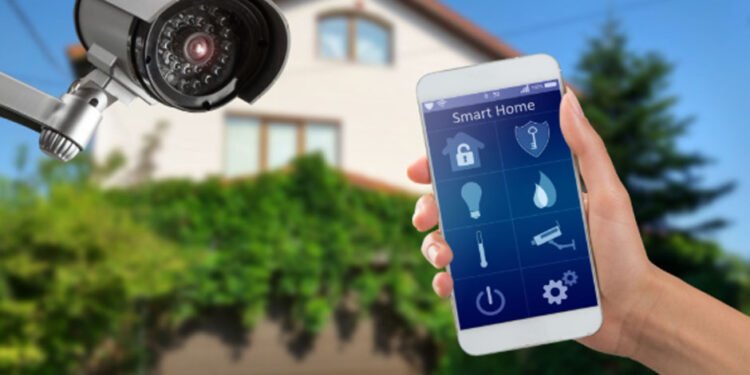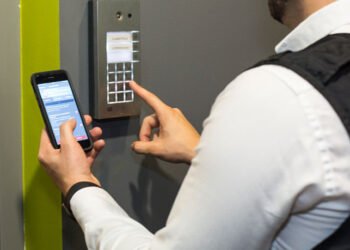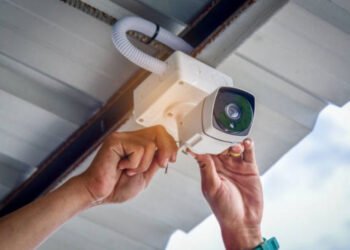In today’s digital era, it is vital that homeowners know how to secure their digital space online. Cybercrime is a growing and evolving threat, so it is important to understand and act on key cybersecurity steps that will protect your network, devices, and data so that your home is cyber safe and secure. Interested? Keep reading to find out more.
Lock Down Your Home Network
First, it is a good idea to lock down your home network. Your Wi-Fi router is the foundation, so you need to protect it properly. This can be achieved by changing the default admin passwords to strong, unique passwords. Additionally, always make sure your router firmware is updated to patch vulnerabilities – it is also smart to turn on automatic updates. You can also segment your network as another layer of protection, which involves keeping smart home devices on a separate connection.
Harden Smart Devices & IoT Gear
Following this, it is important to be aware that connected devices like smart speakers, thermostats, and home cameras can present a cyber-risk with inadequate built-in cybersecurity. In addition to network segmentation, you should check for automatic updates, change default credentials, disable unused features, and look for newly introduced certification labels.
Protect Your Accounts, Credentials, & Access Habits
Weak password habits are the most common reason accounts are hacked and can undo the hard work of strengthening your network security. This is why it is vital that every user creates unique, complex passwords for every account – they can then be stored and used in a password manager. Additionally, enabling multi-factor authentication (MFA) adds another layer of defense and can keep hackers out even if they have your password. It is also wise to educate yourself and other users at home on common phishing and scam attempts and the importance of keeping your login credentials off insecure networks or public Wi-Fi, with a VPN download being a good solution.
Backup, Monitor, & Maintain Your Digital Defenses
Finally, you need to see this as an ongoing process. This means setting up automatic updates for your operating system and software to ensure up-to-date protection, monitoring your network and devices for anomalies, and backing up important data externally. It is also smart to develop an incident response plan if something goes wrong – time is of the essence in these situations. Cybercrime is becoming increasingly sophisticated, so it is wise to keep up with the latest trends and developments.
These are all simple steps that will help you develop robust cybersecurity at home. Every homeowner needs to be aware of the very serious threat of cybercrime and understand the actions they can take to protect their network, devices, and data at home. By safeguarding your digital space, you can have peace of mind and avoid falling victim to common scams.












